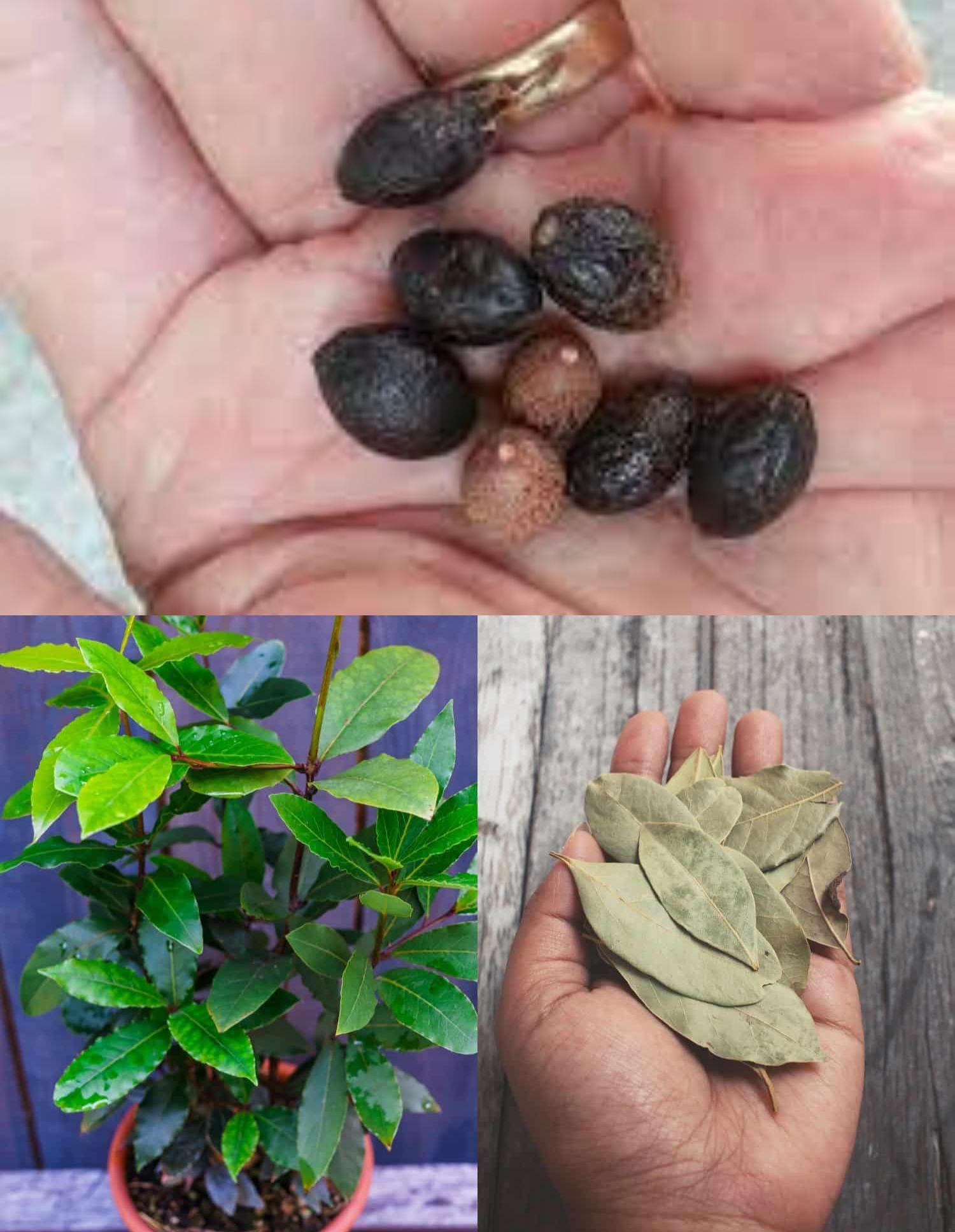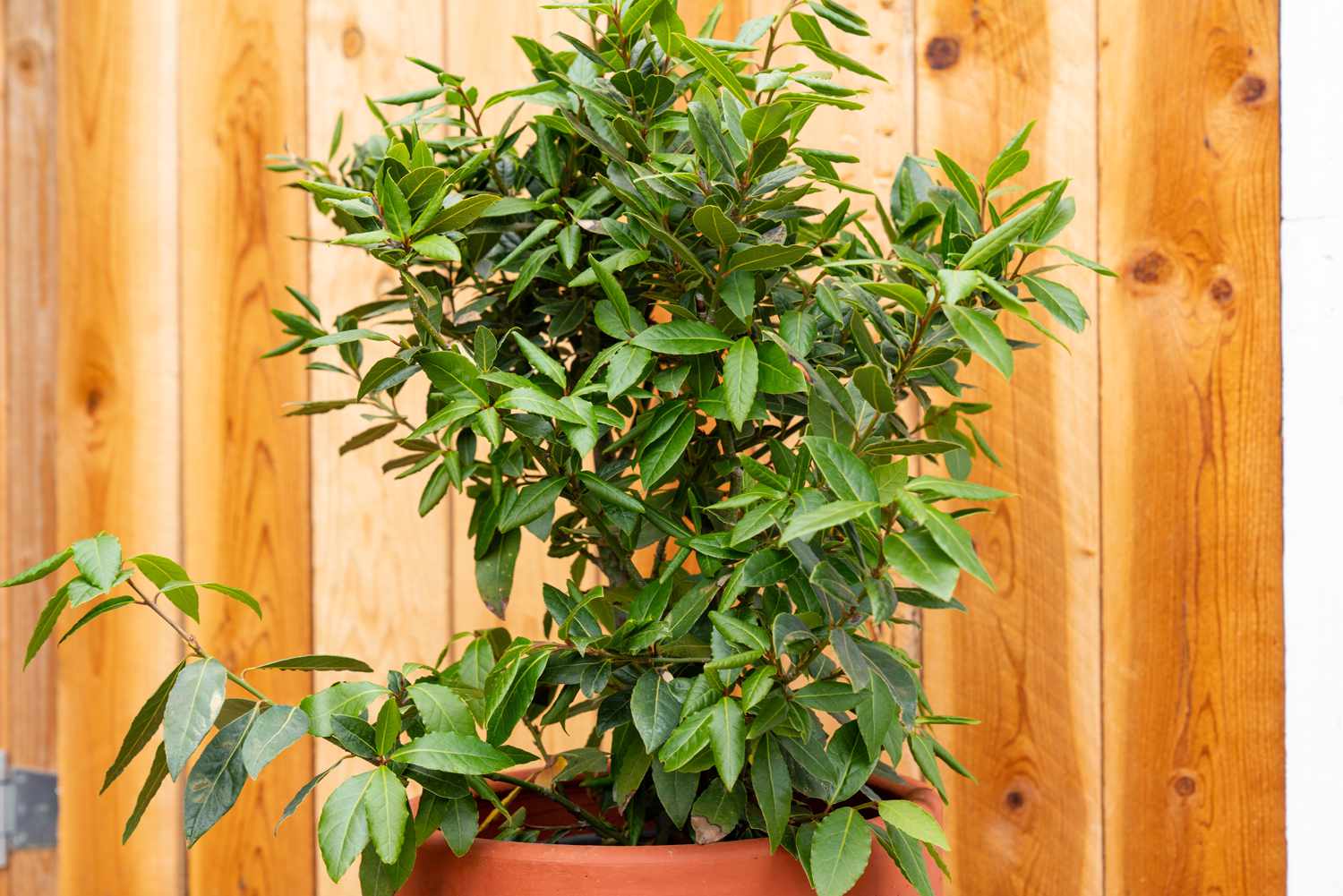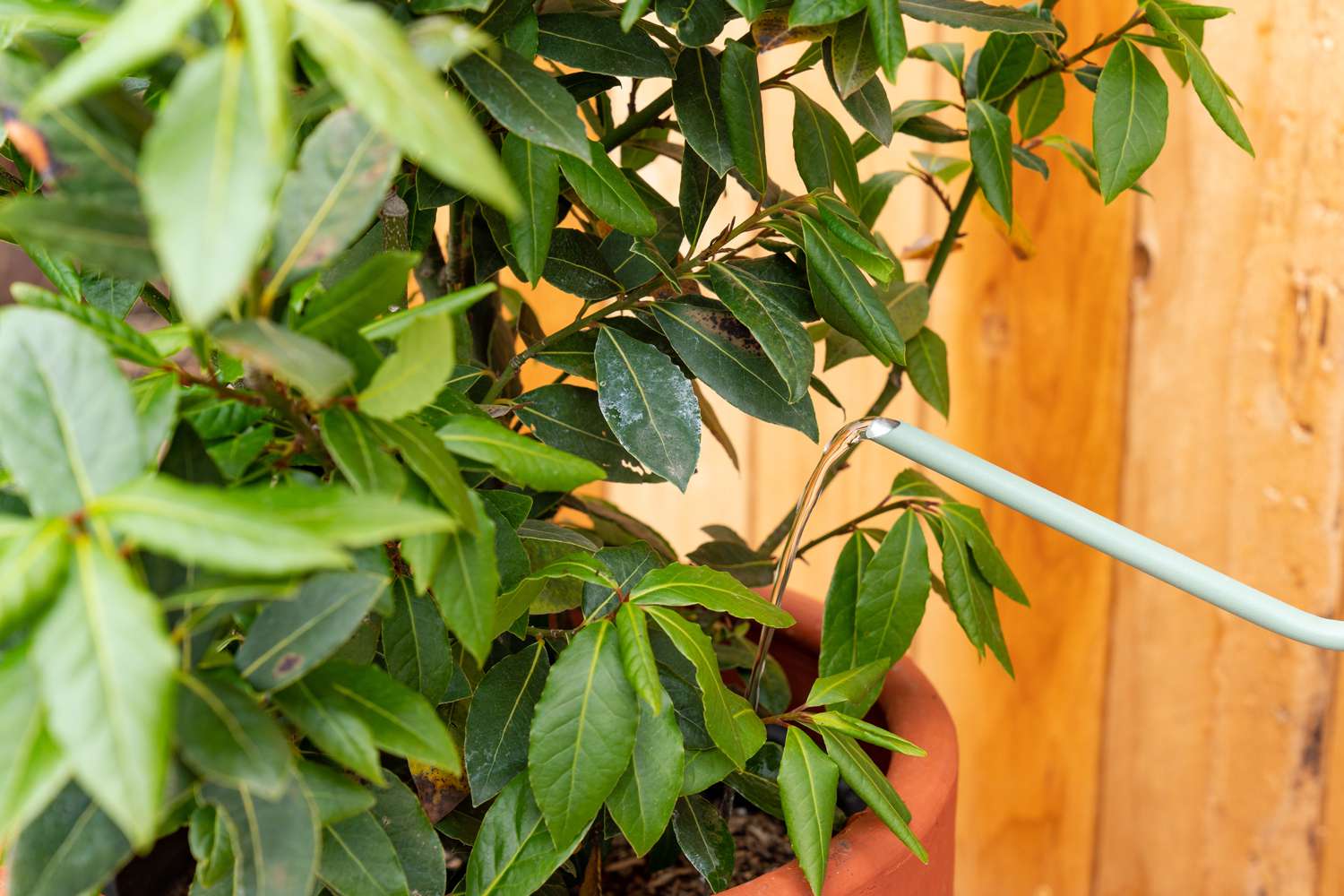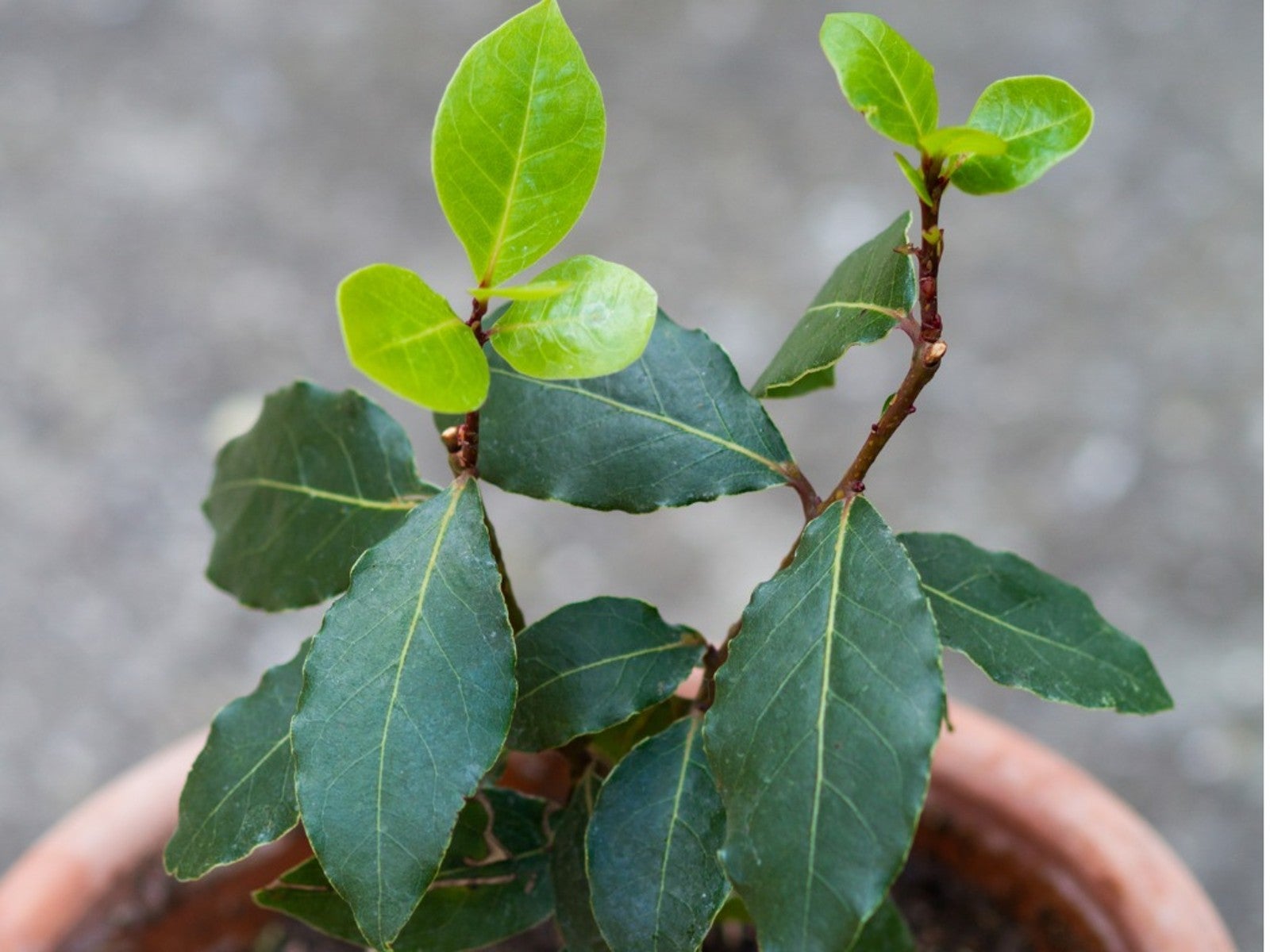
Growing a bay leaf tree in a pot is a fantastic way to have a fresh supply of this aromatic herb at your fingertips. Bay leaves, used widely in cooking, come from the bay laurel tree, a slow-growing evergreen that adapts well to container living. Here’s how you can successfully cultivate a bay leaf tree in a pot at home.
1. Choosing the Right Pot:
Select a pot that is at least 12-18 inches in diameter and has good drainage holes. Bay laurel trees have a robust root system, so they need ample space to grow.
2. Selecting a Bay Laurel Sapling:
It’s best to start with a young bay laurel sapling, which can be purchased from a nursery. Choose a healthy-looking plant with vibrant leaves.
3. Soil and Drainage:

Use a well-draining potting mix to prevent waterlogging, which bay trees are particularly sensitive to. Mixing in some sand or perlite can improve drainage.
4. Planting the Sapling:
Plant the sapling in the pot, placing it at the same depth it was in the nursery container. Fill in around the root ball with your potting mix and gently tamp down the soil.
5. Watering:
Bay laurel trees prefer their soil to be slightly moist. Water the plant when the top inch of soil feels dry. Over-watering can cause root rot, so ensure you don’t leave the soil waterlogged.
6. Sunlight:

Place your potted bay leaf tree in a location where it will receive at least six hours of sunlight daily. Bay trees can tolerate partial shade but thrive best in full sun.
7. Fertilizing:
Feed your bay leaf tree with a balanced, slow-release fertilizer in the spring and again in mid-summer. Over-fertilizing can harm the plant, so follow the instructions on the fertilizer package.
8. Pruning and Shaping:
Prune the bay tree to maintain its shape and size, especially if you are growing it indoors. Bay laurel can be shaped quite effectively into topiary forms. Regular pruning also encourages new leaf growth.
9. Dealing with Pests and Diseases:

Bay trees are relatively hardy but watch for common pests like bay suckers, aphids, and scale insects. Treat any infestations with neem oil or an appropriate organic pesticide.
10. Winter Care:
If you live in a region with cold winters, move your bay leaf tree indoors or to a sheltered area. Bay trees are not frost-tolerant.
11. Harvesting Bay Leaves:
You can begin to harvest leaves as soon as your tree is established and growing well. Always leave some leaves on the tree to ensure continuous growth.
Conclusion:
Growing a bay leaf tree in a pot is a rewarding experience. Not only do you get fresh bay leaves for your culinary adventures, but you also add a beautiful, aromatic plant to your home or garden. With the right care and conditions, your bay leaf tree will thrive, providing you with a steady supply of this beloved herb.

















